

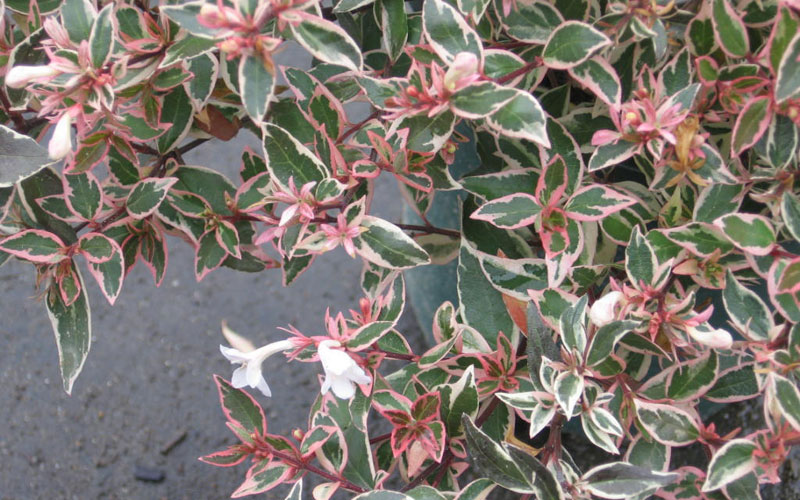
A great shrub with bright multi-color leaves that are yellow with green centers when young, maturing to ivory and green. Produces light pink flowers through the summer and into fall. A moderate grower reaching 4 to 5 feet tall and wide.
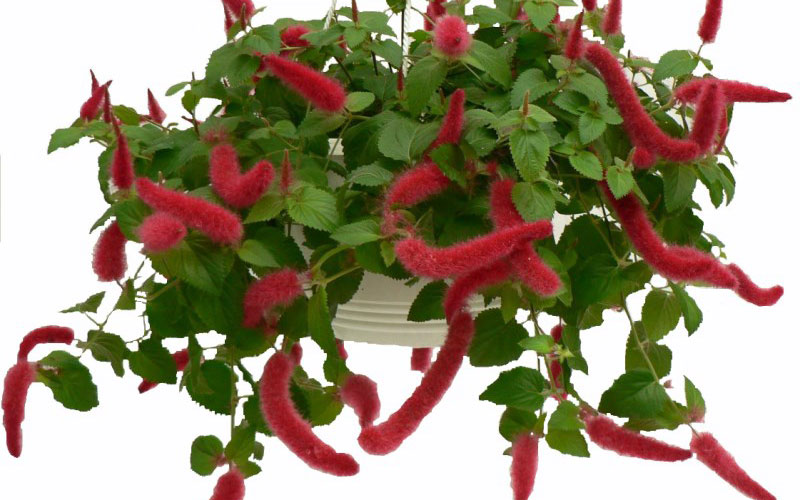
he genus includes annuals or perennial herbs, shrubs, and small trees. Most are monoecious, and some are dioecious. Indumentum of simple hairs or glands, rarely of stellate hairs. The leaves are alternately arranged, undivided, generally petiolate, stipulate; stipels rarely present at apex of petiole or leaf base, caduceus. The blades entire or more frequently dentate or crenate, pinnately or palmately veined. There are several types of inflorescence,terminal or axillary, frequently both, unisexual or androgynous. Male inflorescences spicate, densely flowered, with several flowers at each node subtended by a minute bract. Female inflorescences generally spicate, sometimes racemose or panicle-shaped, with 1–3(–5) flowers at each node, usually subtended by a large bract, increasing and foliaceous in the fruit, generally dentate or lobed; sometimes subtended by a small bract, entire or lobed, non accrescent in the fruit. Androgynous inflorescences usually with female flowers at proximal nodes and male flower at distal nodes.Flowers unisexual, apetalous, disc absent. Male flowers very small, shortly pedicellate, globose in bud; calyx parted into 4 small valvate sepals; stamens 4–8(–16) on a slightly raised receptacle, filaments free or basally connated; anthers with divaricate or pendulous thecae, unilocular, more or less elongated and later becoming vermiform; pollen grains oblate-spheroidal, with 3–5 pseudopores, tectate, psilate; pistillode absent. Female flowers generally sessile or subsessile, pedicellate in a few species; calyx of 3– (4–5) small sepals imbricate, connate at base; ovary of [1–2]3 carpels, surface often muricate, pubescent or papillose; ovules solitary in each cell, anatropes; styles reddish, free or basally connate, several times divided into filiform segment, rarely bifid or entire; staminodes absent.Fruits capsular, small, 3-lobed, soon dehiscing septicidally into 3 bivalved cocci; generally surrounded by the accrescent female bract. Seeds small, ovoid or ellipsoid, usually carunculate, smooth or foveolate; endosperm present, whitish; the embryo straight; cotyledons broad and flat.Allomorphic female flowers present in some species, generally terminal (sometimes median or basal) in the inflorescences; ebracteate, long pedicellate or subsessile; calyx as in the normal female flowers
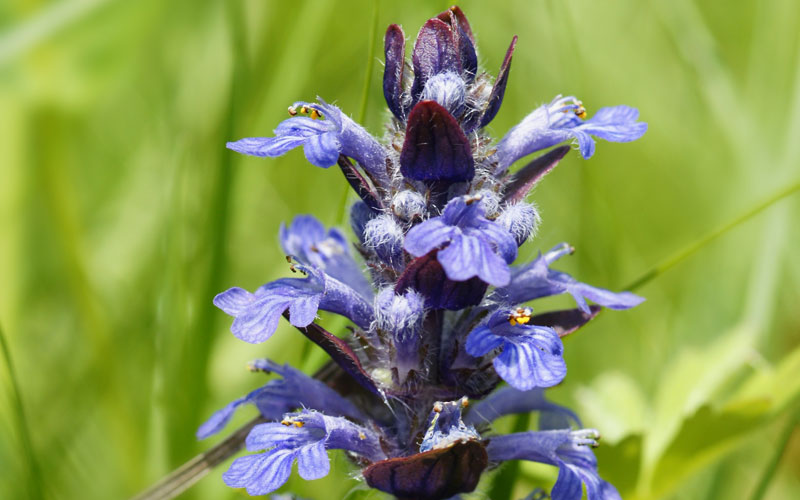
Ajuga, also known as bugleweed, ground pine, carpet bugle, or just bugle, is a genus of annual and perennial herbaceous flowering plants in the mint family Lamiaceae, with most species native to Europe
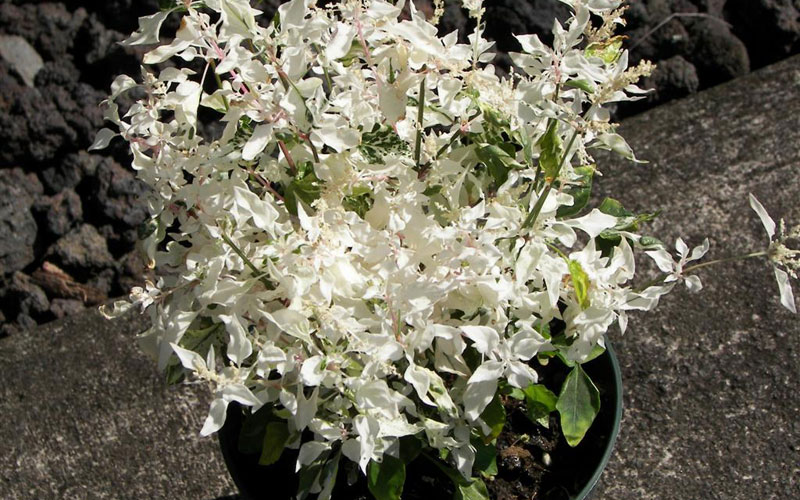
Low growing, mounding, herbaceous perennial. Krinkled leaves with white and green variegation.
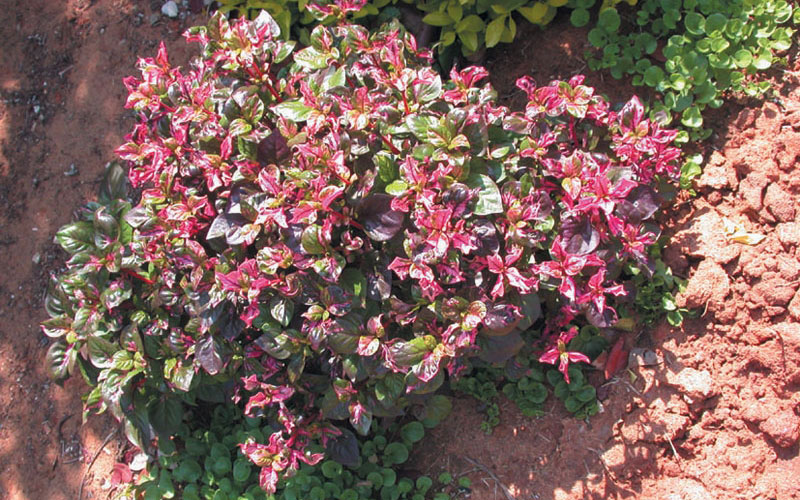
Alternanthera versicolor. This perennial upright species will produce spoon-shaped orange to red leaves. This species will grow about 30cm high and 30cm wide.
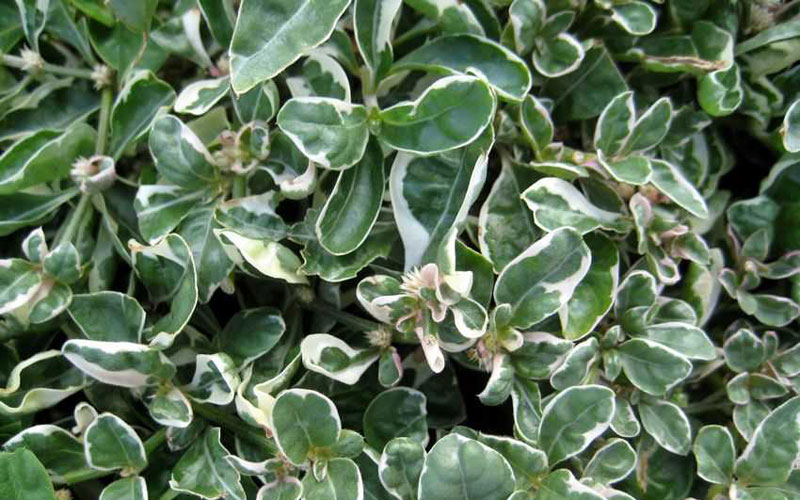
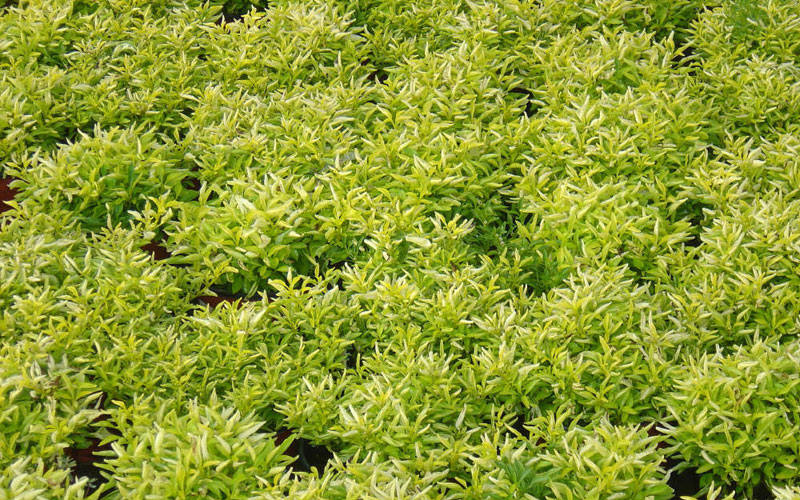
Variegated leaves, perennial, is low sprawling or prostrate plants, with weak stems and simple leaves arranged in opposite pairs. Flowers are very small, concealed in dense clusters of chaff-like white or straw-colored bracts that appear at the leaf nodes. It should be planted in humus-rich, well drained soil in part-shade or full sun. Propagation is from cuttings or seed in spring.
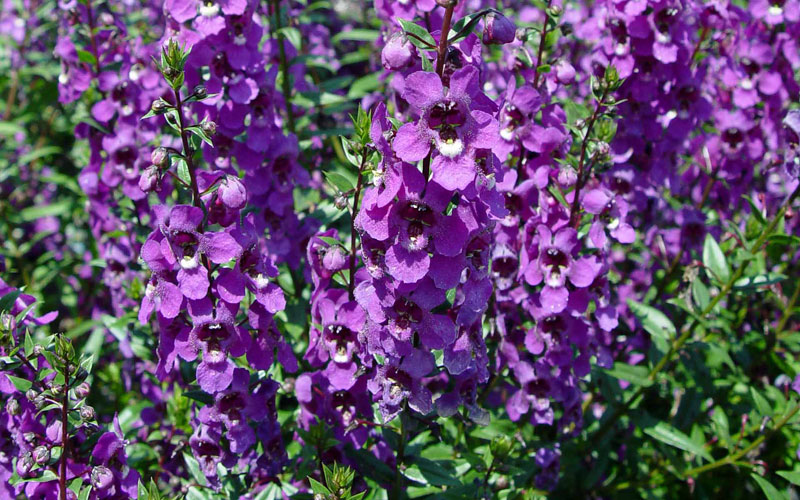
Angelonia is a genus of about 30 species which occur from Mexico to Argentina and is classified in the Plantaginaceae. They are herbaceous plantas occurring mainly in arid and semi-arid habitats.
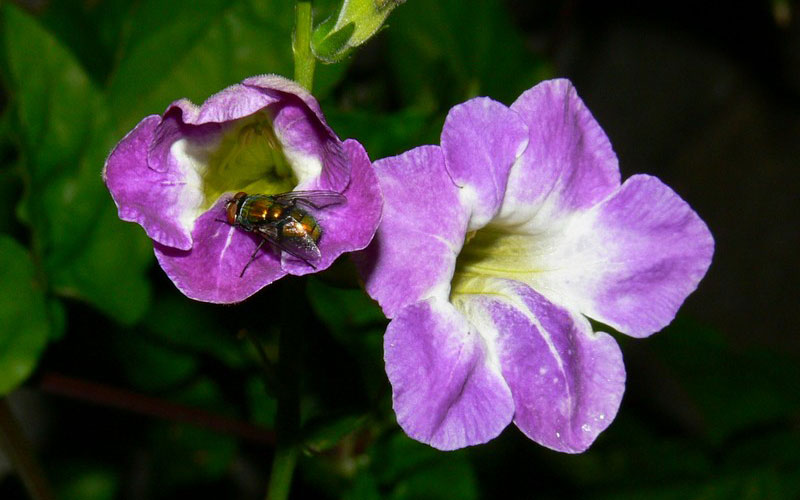
This is an attractive, fast-growing, spreading, herbaceous groundcover that grows from 300 mm to 600 mm in height. The stems root easily at the nodes. Leaves are simple and dark green. It produces a cream-coloured flower with tessellated purple markings on the palate (lower petal of the corolla) in spring and summer. Flowers are produced over a long period and are followed by capsules with brown seeds. It is semi-hardy, and young plants require protection in areas of heavy frost. In tropical areas it can grow rampantly.
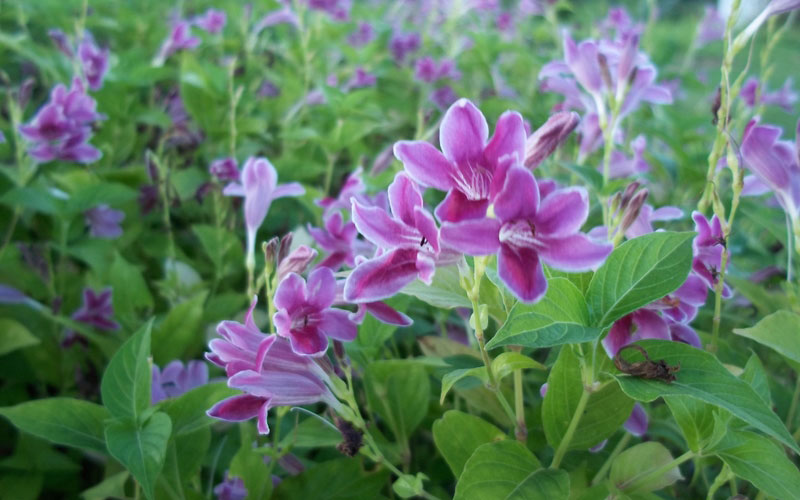
We range of flowers are also include these asystasia purple flowers which we are providing to our client with very superb quality. We are offering the best series of these asystasia purple which are widely used for different applications like decoration, as a gift, or for garden. Our company offer fresh varieties of these flowers which make them very much demanded in the wide areas.
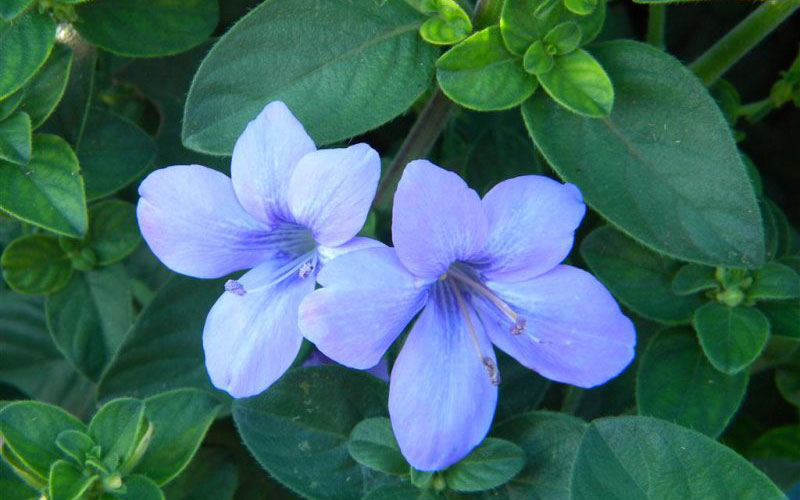
Along with several other supreme quality flowers, we have also brought forth to our valued clients one of the most excellent and appreciable quality berleria. These berleria perennial are widely used and appreciated for several decoration purposes in celebrations and home interiors. We are one of the most trusted and reliable companies in this line of work and hence we always keep reliability in the quality of our products. Our berleria perennial are very exclusive quality and selected range of brilliant flowers and are available for our clients at a very commercial range of prices.
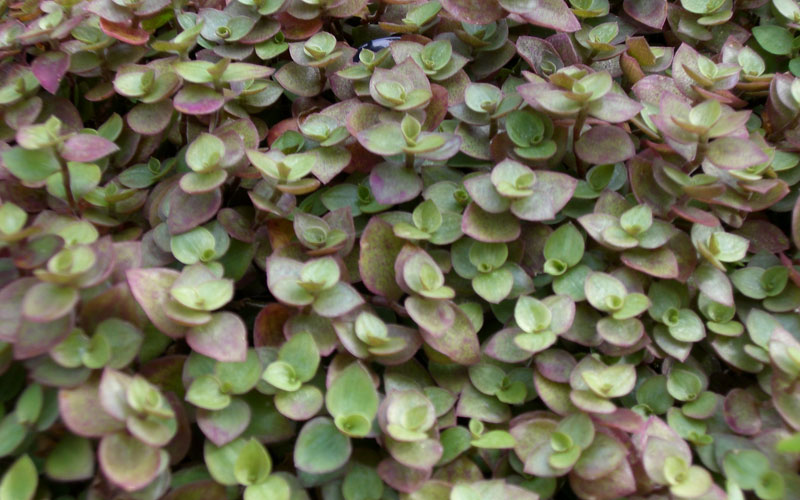
Callisia is a genus of flowering plants in the spiderwort family, Commelinaceae. Members of the genus are commonly known ass.
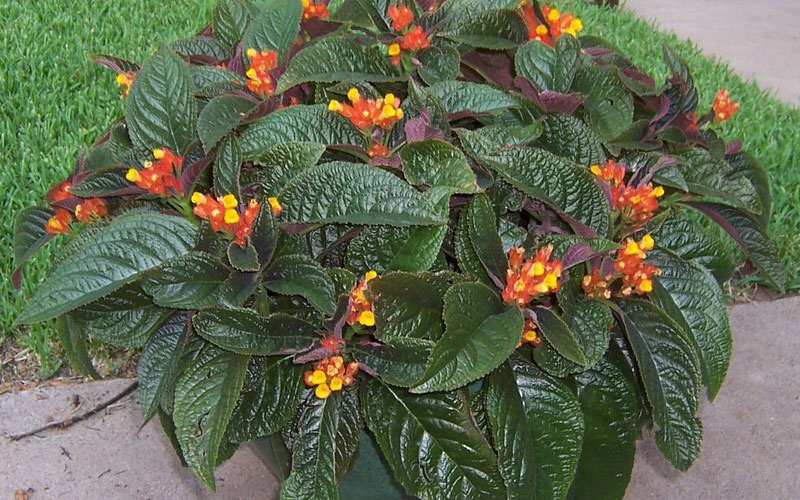
Chrysothemis pulchella is a tender tropical perennial plant that belongs to the Gesneriaceae family. It can be used as a shade area house plant or interior ornamental plant or in a greenhouse
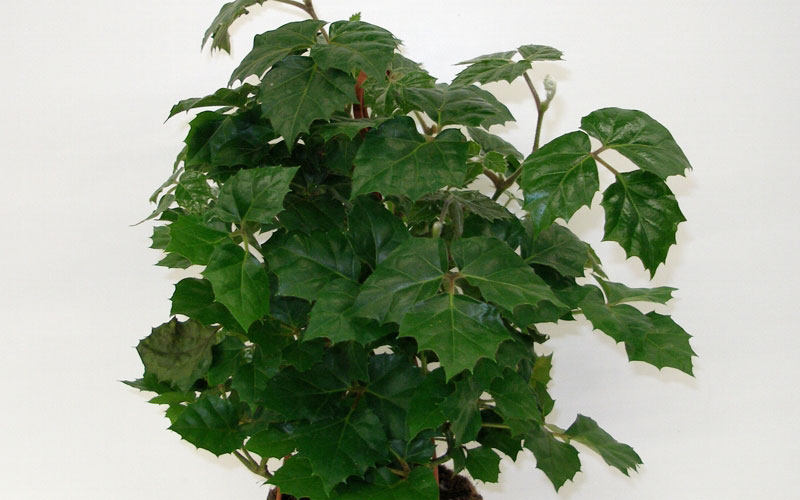
Cissus ivy has been a favorite houseplant of indoor gardeners for decades. Unfortunately, it’s not always easy to find at your local nursery since only a few American growers are still producing it. But, Cissus is well worth a search and adding to your collection of interesting indoor plants and elegant hanging baskets
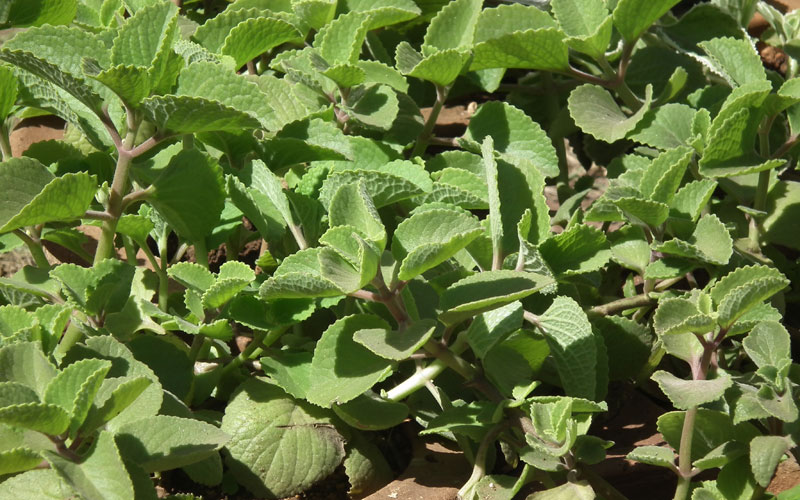
Sprawling, aromatic, perennial herb to 50cm, from subtropical Asia, with round, fleshy, hairy stems and oppositely forming thick, hairy, ovate shaped leaves 4-10cm long, with serrated/scalloped margins. Spikes of two-lipped mauve/pink flowers, rise above the foliage.

Plectranthus scutellarioides is a species of flowering plant in the family Lamiaceae, native to south east Asia and Malaysia.

The extracts of Coleus rehneltianus shoots abscisic acid was identified by thin layer chromatography and by spectropolarimetry.Diffusates from the petiole of isolated leaves were tested in an abscission test. According to previous results (Part I) these experiments allow conclusions concerning the hormonal flux from the lamina.The next step was to separate the diffusates by paper chromatography. The relative amounts of IAA and ABA were estimated on the basis of a biological assay. Young leaves yield ten times as much IAA to an agar receptor as green adult leaves and twenty times as much as yellow senescent leaves. On the other hand young leaves do not transmit detectable amounts of ABA to the receptor. Diffusates from adult leaves contain only a small amount of ABA, whereas those of senescent leaves contain a considerable amount.Evidently the induction of leaf abscission is not effected by a strong decrease of the IAA content during the development of a young leaf into an adult leaf. One is lead to assume that the rapid increase of the ABA flux during senescence is responsible for the induction of the abscission process.
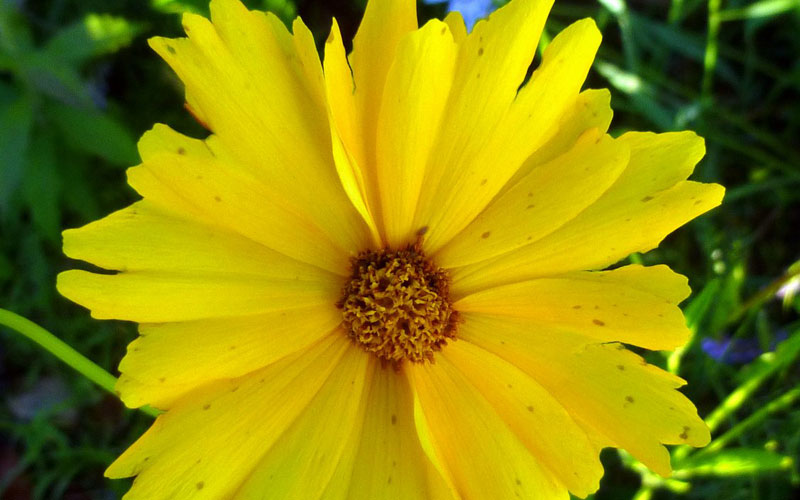
Most Coreopsis are clump forming, holding their daisy-like flowers on tall stems, above the foliage. There the similarity ends. There is a good amount of variety among Coreopsis species. C. grandiflora has bright yellow flowers on tall stems that bloom all summer. C. rosea has finely textured leaves with pink daisy-like flowers with yellow centers. The increasingly popular C. verticillata is called the thread leaf coreopsis because of its extremely fine and ferny leaves. The flowers are also delicate and profuse. A red C. verticillata has recently been introduced.
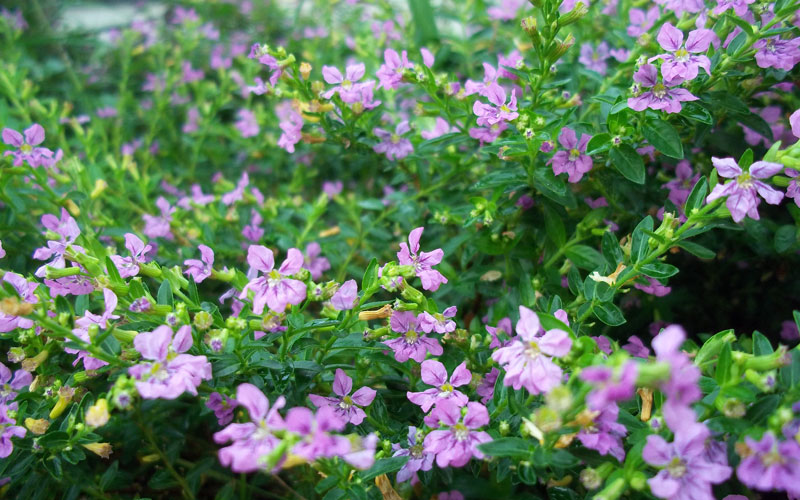
Cuphea hyssopifolia is a small evergreen shrub native to Mexico, Guatemala and Honduras. It grows to about 60 cm high by 90 cm wide and has purple, lavender or white coloured flowers and fine foliage.
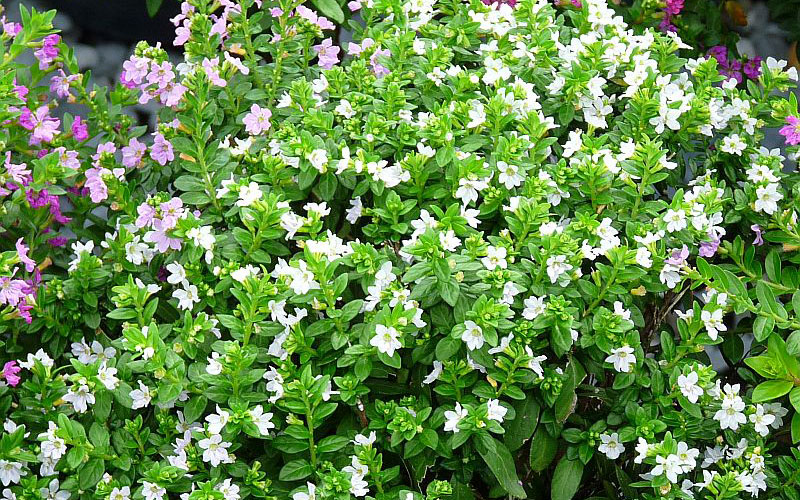
Cuphea hyssopifolia is a small evergreen shrub native to Mexico, Guatemala and Honduras. It grows to about 60 cm high by 90 cm wide and has purple, lavender or white coloured flowers and fine foliage.

